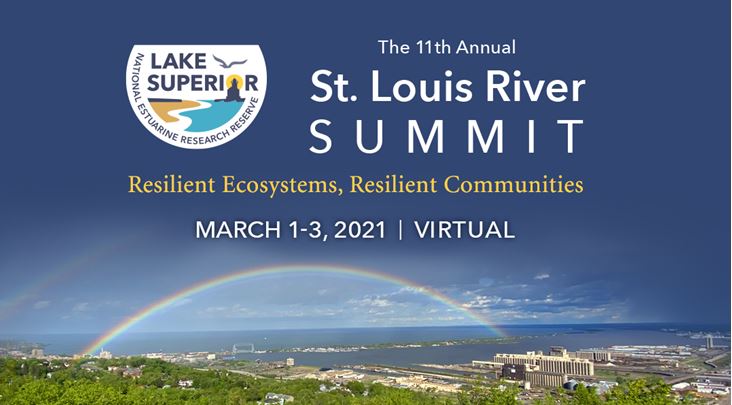Chicago wins $30 million-a-year competition for right to sell Lake Michigan water to Joliet
In Illinois, the Joliet City Council voted this week to select the City of Chicago Department of Water Management to provide Joliet with Lake Michigan water by 2030. Faced with a water supply that will no longer be sustainable by 2030, the City of Joliet launched a study of alternative sources of water in August 2018. Read the full story by the Chicago Sun-Times.
Great Lakes Commission
https://www.glc.org/dailynews/20210129-chicago-joliet









